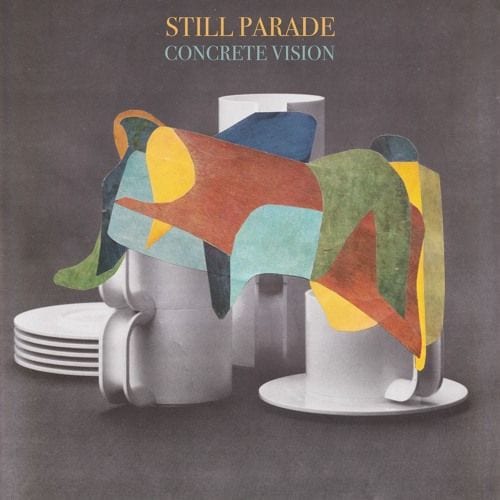
Berlin is home to the Ramones Museum, hosts its fair share of metal bands, and is famous the world over for its brand of techno. Spread atop topography defined more by striking architecture than by the lay of the land, the city seems an unlikely place for the lingering effects of California’s Laurel Canyon scene of the ‘60s and ‘70s to have a meaningful impact. Yet, these are the influences – Todd Rundgren, Crosby, Stills & Nash – that Still Parade’s Niklas Kramer readily absorbs into his calm, kosmische-kissed bedroom pop.
Kramer isn’t the first musician to reverse the typical career trajectory of starting with home taping before moving on to cut records in professional studios, but realizing his Concrete Vision in his apartment was a decision driven by aesthetics as much as it may have also been a matter of practicality. The cozy, enclosed feeling of his domestic recording space, which is impressed upon the albums’ nine tracks, must have also had an impact on his frame of mind in the songwriting process. There is a palpable sense of yearning for the outside world. Without plunging hillsides or a blue ocean beyond his front door, it is up to a more casual “Walk in the Park” to fuel Kramer’s bucolic reverie.
Contrary to its title, Concrete Vision is warm and pacific. “07:41”, like “Walk in the Park”, chooses to all but stop and collect itself where typically it would push on to a chorus, leaving Kramer’s vocal alone to reach lightly for the hook. This tendency toward passivity is not a weakness, however, but a strength. Here, Still Parade uncovers a kinder, gentler sound of Berlin.


![Call for Papers: All Things Reconsidered [MUSIC] May-August 2024](https://www.popmatters.com/wp-content/uploads/2024/04/all-things-reconsidered-call-music-may-2024-720x380.jpg)



